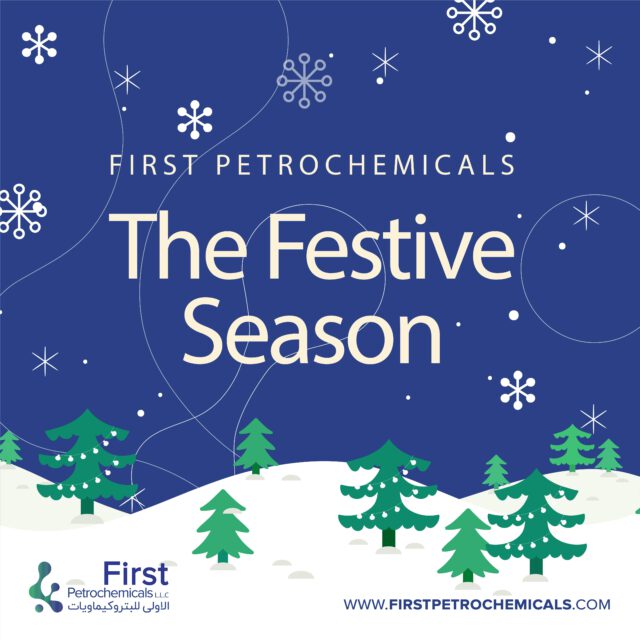Water based oxygen scavengers are widely used in water injection and production separation systems as a tool to prevent oxygen induced corrosion. The level of dissolved oxygen in these systems is required to be kept at a concentration no greater than 20 ppm. It is imperative that dissolved oxygen is excluded from all surface equipment to include vessels, surface supply lines, and related equipment associated with water injection systems.
The oxygen reaction is dependent on time, temperature, concentration and pH.
Oxygen Scavengers enhance the prevention of oxygen-induced corrosion when they react with dissolved oxygen.
Removal of dissolved oxygen from water and produced waters can be accomplished via mechanical and chemical methods. The former method consist of gas stripping or vacuum deaeration. Oxygen removal via chemical methods utilizes oxygen scavengers. Method selection depends on a number of factors, including the amount of oxygen present in the fluids and the amount of capital expense that the operator is willing to commit. Our engineers can assist you in identifying and selecting the most cost-effective equipment and chemical for your facility, applying the scavenger treatments, and monitoring the results to ensure optimum performance.
Most oxygen corrosion in oilfield metallurgy is caused by the addition of fluids from the surface that have been exposed to air for any length of time so oxygen can be introduced in significant quantities. Oxygen downhole can cause conditions such as dark produced water, reddish or brown solids in produced water, excessive turbidity of produced water or flaky black or reddish deposits on metal surfaces.
We offer a wide range of oxygen scavengers, to help with oxygen mitigation in your oilfield applications.
Features & Benefits:
- Improved environmental, health and safety compliance
- Maximized throughput while increasing production efficiency
- Improved water quality
- Improved injectivity
- Improved operational reliability


